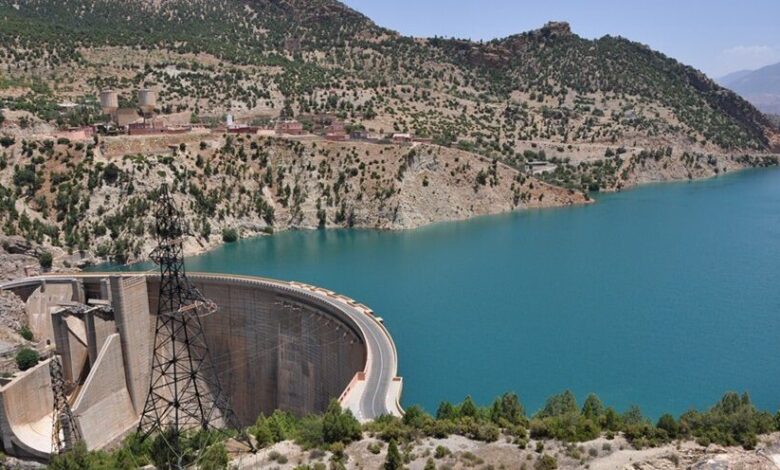Reservoir Filling Rates in the Sebou Basin: Status Report as of February 20, 2025

Water Reservoir Levels in Sebou Basin: An Overview
As of February 20, 2025, the water storage level in the dams under the management of the Sebou Hydraulic Basin Agency (ABHS) stands at 36.47%, with a total volume exceeding 2 billion cubic meters (m³), according to a report from the Ministry of Equipment and Water.
Among the eleven dams in the Sebou Basin, three have reported filling rates exceeding 70%. These include the Allal El Fassi Dam at 96.93%, the Bouhouda Dam at 80.30%, and the Garde Sebou Dam at 70.15%.
The Al Wahda Dam, the second-largest dam in Africa with a storage capacity of over 3.522 billion m³, has a filling rate of nearly 38.50%, with a volume surpassing 1.356 billion m³ on the same date.
Other dams, such as Sahla, Bouhouda, Bab Louta, Idriss 1er, Al Kansera, Michlefen, and Sidi Chahed, show filling rates ranging from 23.57% to 57.32%.
The Sebou Basin, which includes 11 major dams and 51 small dams and hillside lakes, plays a vital role in irrigating the region, particularly the Gharb Plain, and in preventing devastating floods from the Ouergha River. It is one of the most significant basins in the kingdom, covering an area of approximately 40,000 km² and supporting a substantial agricultural and industrial economy for the national economy.
The average annual rainfall in the Sebou Basin is 600 mm, reaching up to 1,000 mm per year in the heights of the Rif Mountains, while it drops to 300 mm in the upper Sebou and Beht valleys.




